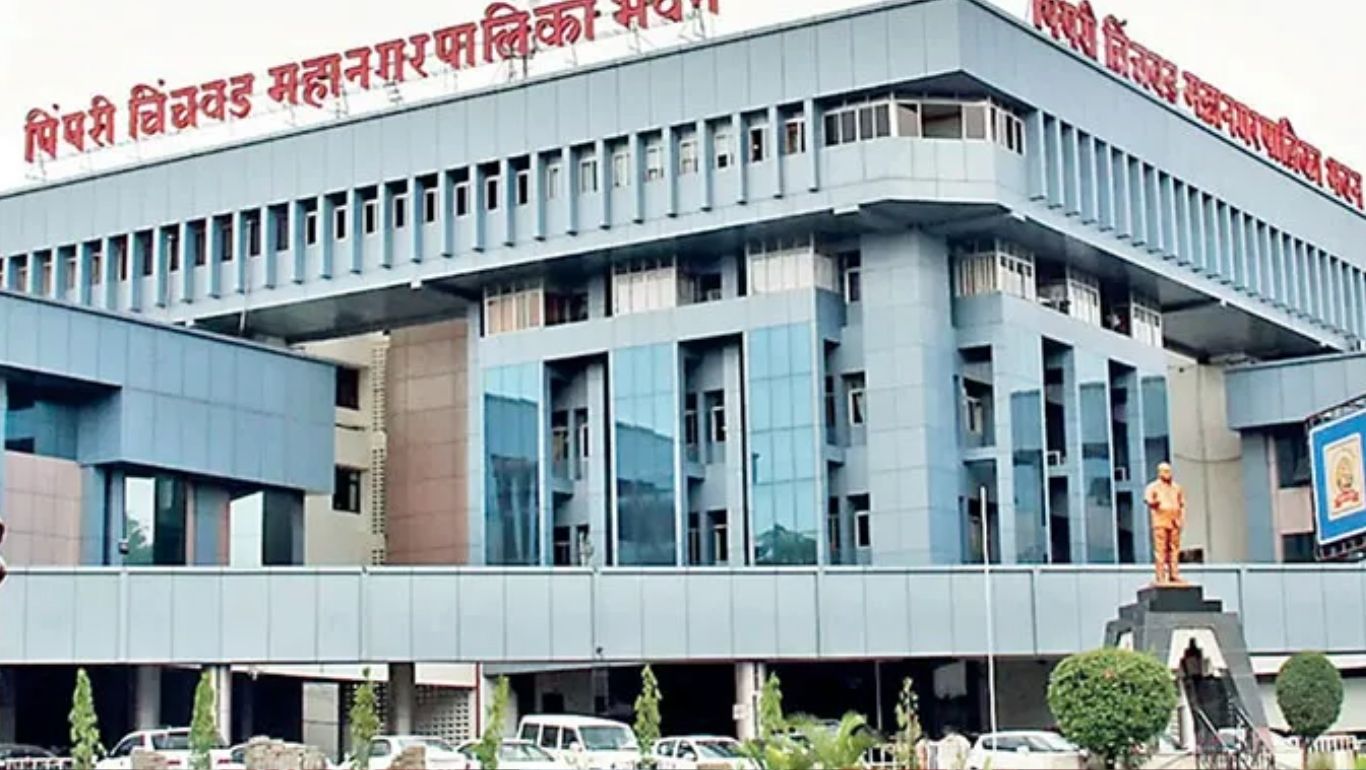Mrudula Narale
Pune | May 17, 2025: High blood pressure, previously thought to be a problem only for adults, has become a rapidly increasing problem among children and teenagers. This silent killer, rarely detected because it cannot be identified by obvious signs, holds severe threats to young lives. While observing World Hypertension Day, it is important to bring into focus this burgeoning health problem that can affect life-giving organs such as the heart and kidneys if not addressed in time. AWARENESS and preventive measures at the earliest are necessary to ensure the long-term health of children.
Hypertension in children may be due to several reasons, including kidney disease, heart disease, endocrine disorders, or, in limited instances, certain tumors. Nonetheless, most cases, especially among adolescents, are categorized as primary hypertension, whereby no single cause can be pointed out. A high family history of high blood pressure, along with lifestyle conditions such as obesity, a sedentary lifestyle, and excessive intake of salty or processed foods, play a major role in bringing about this condition. Individuals with high blood pressure are also at risk of having pre-diabetes, clinical diabetes, abnormal fat content, and sleep disorders, which make them more complex patients.
The signs of childhood hypertension are subtle, which has led it to be called a “silent condition.” When symptoms do occur, they can be headaches, dizziness, blur or double vision, vomiting, nosebleeds, or trouble concentrating. Since children cannot identify or report these changes, the condition remains undetected until it results in serious damage. Regular medical check-ups, particularly among those with a family history, are crucial for early detection.
The management of high blood pressure in children is a complex process. Sedentary lifestyles with little exercise and overdependence on processed or packaged foods are major causes of this syndrome. To overcome it, lifestyle modifications are the most important thing. A proper diet with adequate fiber from fresh vegetables, fruits, whole grains, pulses, and lentils can significantly contribute to it. Junk, oily, spicy, processed, or canned foods must be avoided by children, and sodium consumption should be monitored. Physical activity, including cycling or playing outdoors, is also very crucial in maintaining healthy weight. In certain situations, physicians may recommend medication to achieve effective management of blood pressure.
Prevention is early and hinges primarily on parents. Parents can influence the adoption of healthy eating habits and regular exercise in children by setting the example. Restriction of processed and salted foods and encouragement of strenuous physical exercise can lay the basis for a healthy lifetime. Being at a healthy weight is important, since obesity is a significant risk factor. Regular follow-ups have the benefit of identifying early warning signs of hypertension before complications arise in later life, such as strokes or heart attacks.
The increase in high blood pressure among children is an awakening call. Left unchecked, it can cripple a child’s future health, causing serious health problems when they become adults. Parents and guardians can shield children from this silent danger by promoting healthy lifestyles and early screening. Awareness, action, and regular care are the solutions to securing a healthier future for the future generation.
Follow Us : https://www.instagram.com/share/reel/BAcirn55Dt
Read : https://newsdotz.com/mango-madness-kids-gobble-up-fun-at-mnss-eat-the-mango-contest-in-pune/




One thought on “HiddenThreat: The Increasing Rate of High Blood Pressure in Children”